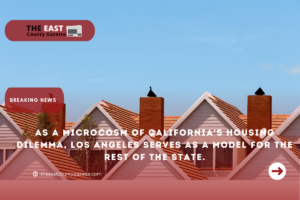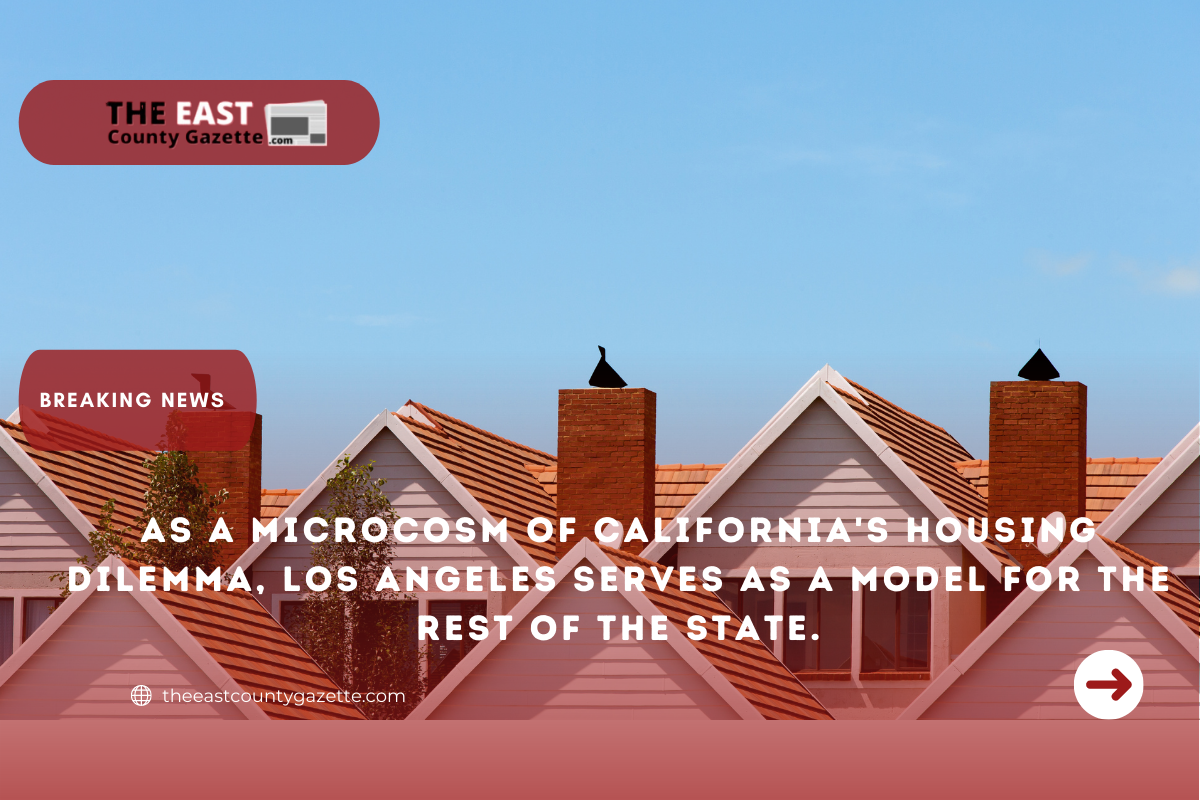As a microcosm of California’s housing dilemma, Los Angeles serves as a model for the rest of the state.
In order for California’s housing problem to be alleviated, there are a number of critical inadequacies that must be addressed.
As the state’s largest city and the hub of the housing crisis, Los Angeles’ recent issuance of two housing-related documents demonstrates the corrosive effects of such deficiencies.

As a preliminary step, the state Department of Housing and Community Development has issued a warning to the city of Los Angeles that it is not completely complying with its demand that it zone enough land to meet the city’s housing requirements.
An additional quarter of a million housing units must be designated by the city in a manner that provides for the needs of low- and moderate-income families in order to comply with the law.
It is not just Los Angeles that is not meeting state quotas, which are set every eight years and have risen significantly in the most recent cycle as a result of subpar development in past years.
Several of the state’s 482 cities are also running behind schedule, and those who don’t follow official instructions risk losing state funds for the construction of affordable housing. Several city officials have voiced their displeasure with the new quotas, while others have devised inventive evasion strategies.
Los Angeles’s controller, Ron Galperin, says that if the city’s state housing subsidies were reduced, it’s doubtful that it would feel much of an impact because it looks to be unable to successfully spend the housing money it now has.
Galperin’s audit found that the city has 8,091 housing units “distributed over 125 projects in various stages of development” five years after voters passed a $1.2 billion bond issue to house the homeless or those at risk of becoming homeless.
As of 2021, an average of $596,846 per unit is expected to be spent on the initiatives Galperin says will take three to six years to complete. One in every fourteen apartments costs more than $700,000, and one project costs more than $800,000.
There are an estimated 41,000 people who are without a place to live in Los Angeles, and that figure is expected to rise faster than the city can build enough housing to accommodate them. That’s a 45 percent increase in the city’s homeless population since the bond issue was passed, based on a 2020 count.
In 2020, the annual statewide count indicated that Los Angeles had nearly a quarter of the state’s 161,000 homeless people. Covid-19 had to be postponed, but the annual count was reinstated last month.
No matter what the final numbers reveal, there’s little question that they’ll be higher than expected due to the pandemic’s economic impact, which is already having a significant impact on the economy.
Both the land shortage and the lack of funding to make even a dent in the housing shortfall in Los Angeles are problems that affect many other cities, as documented in the two official publications.
In spite of billions spent by the state on housing, notably for the homeless, a recent CalMatters story notes that at least visually, the problem appears to be becoming worse rather than better.
Phil Ting, a San Francisco Democrat who serves as the Assembly’s budget chair, told a recent hearing on the housing problem that “I know (the governor) is unhappy, I know the Legislature is frustrated, the public is frustrated.”
“We’ve spent billions and billions of dollars on this problem. There is no indication of where we have made progress.

